The Killer Disease - Diabetes (Know the Symptoms)
Diabetes is often called “The Killer Disease” because of its devastating impact on millions of lives worldwide. Unfortunately, it quietly harms the body’s systems, and serious complications may develop if it is not managed well. Moreover, it can lead to life-threatening outcomes over time. In this blog, we will discuss the key aspects of diabetes, how it develops, and what steps can be taken to manage this condition effectively.
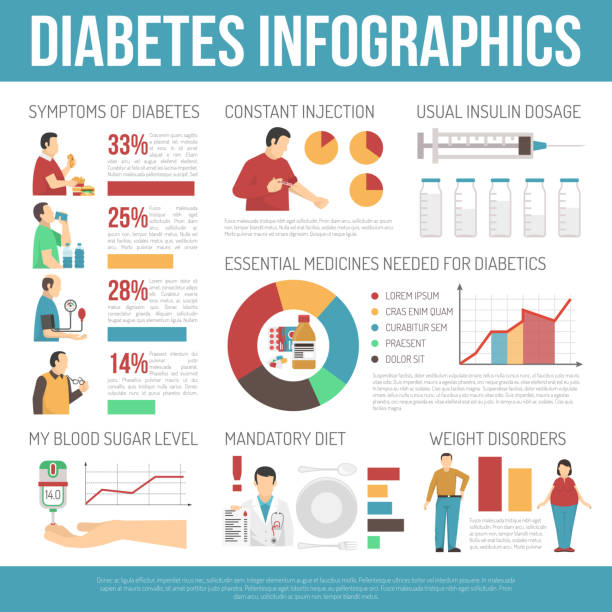
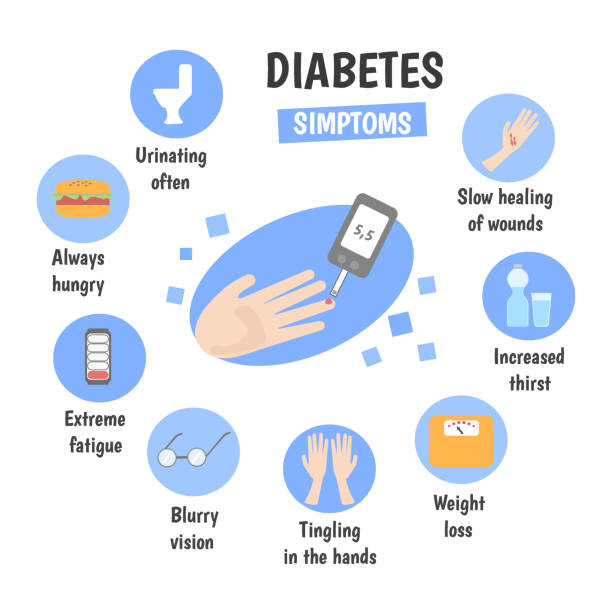
Types of Diabetes
Diabetes, often called The Killer Disease, takes different forms, each bringing unique challenges and effects. Furthermore, the most common types are defined by their distinct characteristics and impacts.:
- Type 1 Diabetes: An autoimmune condition where the body attacks insulin-producing cells in the pancreas, leading to a complete lack of insulin. It’s often diagnosed in childhood but can develop at any age.
- Type 2 Diabetes: The most prevalent form, where the body either becomes resistant to insulin or doesn’t produce enough of it. This type is closely linked to lifestyle factors like obesity, diet, and lack of exercise.
- Gestational Diabetes: Occurs during pregnancy and usually resolves after childbirth, but it increases the risk of developing Type 2 diabetes later in life.
- Prediabetes: A condition where blood sugar levels are higher than normal but not yet high enough to be classified as Type 2 diabetes. It’s a warning sign of the impending onset of The Killer Disease if lifestyle changes are not made.
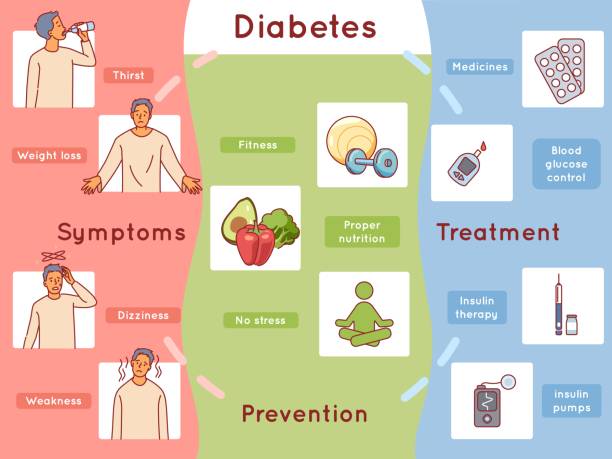
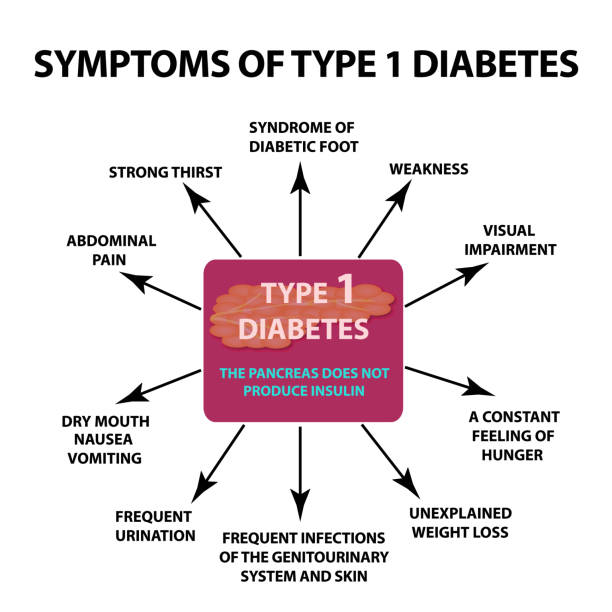

Early Symptoms
Recognizing the early symptoms of “The Killer Disease” can be lifesaving. Common signs include:
- Frequent urination: The body tries to rid itself of excess glucose through urine.
- Excessive thirst: Increased urination leads to dehydration, causing intense thirst.
- Extreme hunger: Without enough insulin to move sugar into your cells, your muscles and organs become depleted of energy, triggering intense hunger.
- Unexplained weight loss: Despite eating more, some people with diabetes lose weight because their bodies can’t absorb glucose.
- Fatigue: Lack of sugar in your cells can make you feel extremely tired.
- Blurred vision: High blood sugar levels can pull fluid from the lenses of your eyes, affecting vision.
Early detection of these symptoms can prevent the progression of The Killer Disease and its associated complications.
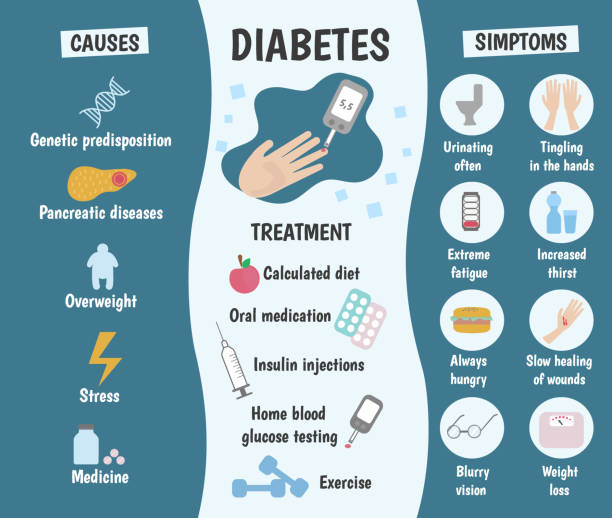
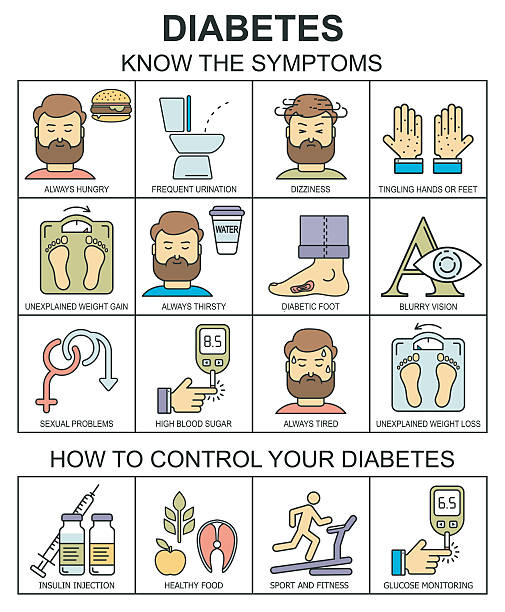
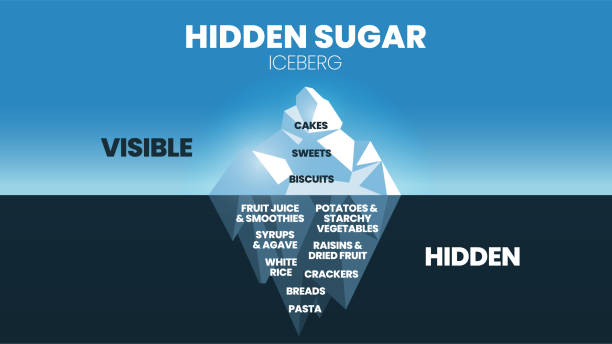
When to Diagnose Diabetes
The Killer Disease, Diabetes should be diagnosed as early as possible to avoid the severe complications associated with this killer disease. Routine screening is recommended if:
- You are overweight or obese.
- You have a family history of diabetes.
- You have high blood pressure or cholesterol.
- You are over the age of 45.
- You had gestational diabetes during pregnancy.
A blood test measuring your fasting glucose levels, HbA1c, or an oral glucose tolerance test can confirm the diagnosis.


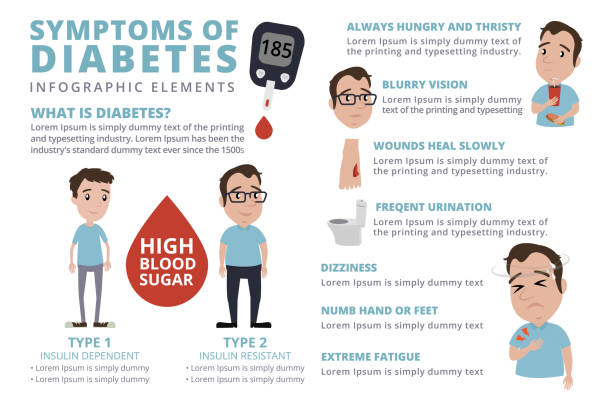
Eating Habits During Diabetes
Managing diabetes requires a careful approach to diet, as it plays a critical role in controlling blood sugar levels. Here are some dietary tips for those battling “The Killer Disease”:
- Balanced Meals: Incorporate a healthy mix of carbohydrates, proteins, and fats. Opt for whole grains, lean meats, and healthy fats like nuts and avocados.
- Portion Control: Monitor your portion sizes to avoid overeating, which can spike blood sugar levels.
- Low Glycemic Index Foods: Choose foods with a low glycemic index (GI) as they cause a slower rise in blood sugar levels. Examples include whole grains, legumes, and non-starchy vegetables.
- Regular Meals: Eat at regular intervals to maintain steady blood sugar levels throughout the day.
- Limit Sugary Foods: Avoid sugary drinks, candies, and processed foods, as they can cause rapid spikes in blood glucose.



Regular Medical Check-ups
Regular medical check-ups are essential for anyone diagnosed with “The Killer Disease.” These check-ups help monitor the progression of diabetes and the effectiveness of treatment plans. Important tests include:
- Blood Sugar Monitoring: Regular monitoring of blood glucose levels to ensure they are within the target range.
- HbA1c Test: Measures average blood sugar levels over the past three months, providing a longer-term view of blood sugar control.
- Cholesterol and Blood Pressure Tests: High levels can exacerbate diabetes complications.
- Eye Exams: Regular eye exams to detect early signs of diabetic retinopathy.
- Foot Exams: To prevent and treat diabetic foot ulcers and infections.
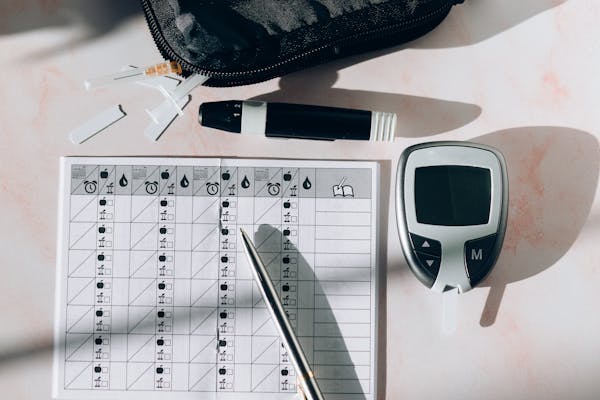

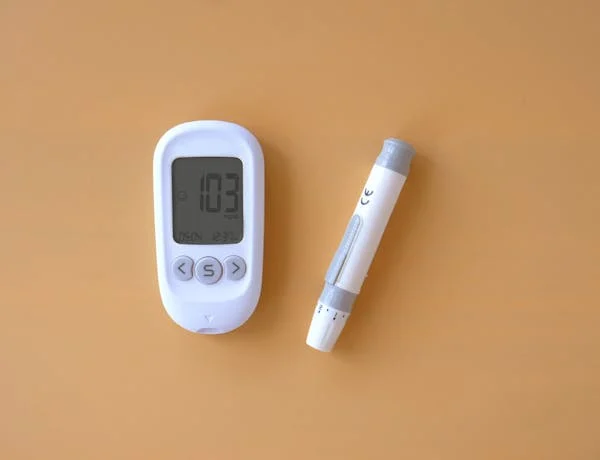
Exercise During Diabetes
Exercise is a key component in managing “The Killer Disease.” It helps lower blood sugar levels, improves insulin sensitivity, and supports overall health. Here’s how you can safely incorporate exercise:
- Aerobic Exercise: Engage in activities like walking, swimming, or cycling for at least 150 minutes a week.
- Strength Training: Incorporate weight lifting or resistance exercises at least twice a week to build muscle and improve insulin sensitivity.
- Flexibility and Balance Exercises: Yoga and stretching exercises can enhance flexibility and prevent injuries, especially in older adults with diabetes.
- Monitoring Blood Sugar: Always check your blood sugar before and after exercise to avoid hypoglycemia.



Precautions
Living with “The Killer Disease” requires a proactive approach to health and well-being. Key precautions include:
- Avoid Smoking: Smoking increases the risk of diabetes complications, including heart disease, stroke, and nerve damage.
- Limit Alcohol: Alcohol can cause unpredictable spikes or drops in blood sugar levels. If you drink, do so in moderation and always with food.
- Stress Management: Chronic stress can affect blood sugar levels, so practice stress-reducing techniques like meditation, deep breathing, or hobbies.
- Stay Hydrated: Dehydration can worsen blood sugar control, so drink plenty of water throughout the day.
Medical Treatment (Allopathic)
Allopathic treatment is the most common and widely accepted approach to managing “The Killer Disease.” It includes:
- Insulin Therapy: Essential for Type 1 diabetes and sometimes used in Type 2 diabetes when oral medications are not sufficient.
- Oral Medications: Drugs like Metformin help control blood sugar levels by improving insulin sensitivity or reducing glucose production by the liver.
- GLP-1 Receptor Agonists: These medications help lower blood sugar levels by increasing insulin production and reducing appetite.
- SGLT2 Inhibitors: Help the kidneys remove glucose from the bloodstream through urine.
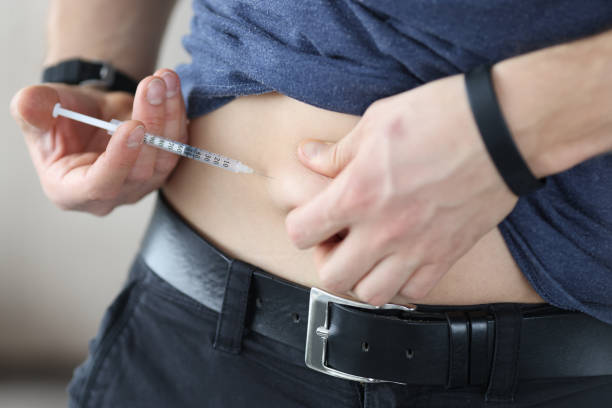

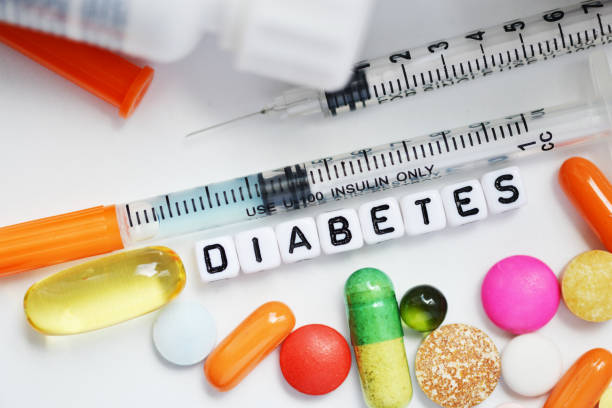
Homeopathic Treatment
Some people turn to homeopathic remedies as a complementary approach to managing “The Killer Disease.” While homeopathy is not a substitute for conventional treatment, it may offer relief from symptoms or improve overall well-being. Commonly used homeopathic remedies include:
- Syzygium Jambolanum: Used for reducing excessive sugar in the blood.
- Uranium Nitricum: Helps manage frequent urination and excessive thirst.
- Phosphoric Acid: Often used for fatigue and weakness associated with diabetes.
Any Latest Research & Recommendations
The field of diabetes research is continually evolving, with new treatments and management strategies emerging regularly. Some recent advancements include:
- Artificial Pancreas: A device that automatically adjusts insulin delivery based on continuous glucose monitoring, offering tighter blood sugar control.
- Stem Cell Therapy: Research is ongoing into using stem cells to regenerate insulin-producing cells in the pancreas.
- New Medications: Recent developments in diabetes medications focus on not just controlling blood sugar but also reducing cardiovascular risks.
- Personalized Medicine: Tailoring treatment plans based on individual genetic profiles is becoming more common, offering more effective management of “The Killer Disease.”
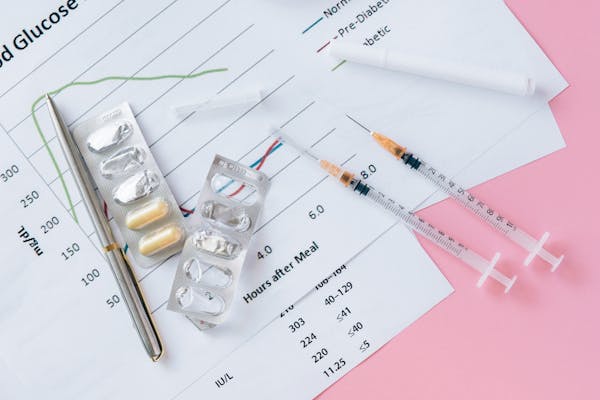

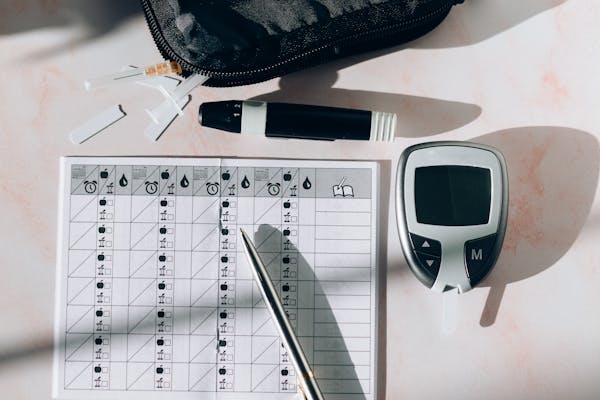
FAQs
Q: Can diabetes be cured? A: Currently, there is no cure for diabetes, but it can be effectively managed with proper treatment and lifestyle changes.
Q: What is the most common cause of Type 2 diabetes? A: The most common cause of Type 2 diabetes is a combination of genetic factors and lifestyle choices, such as poor diet, lack of exercise, and obesity.
Q: Is it safe to exercise if I have diabetes? A: Yes, exercise is highly recommended for managing diabetes. However, it’s important to monitor blood sugar levels before and after exercise and consult with a healthcare provider for personalized advice.
Q: Can homeopathy cure diabetes? A: Homeopathy cannot cure diabetes, but it may provide symptom relief and improve overall well-being when used alongside conventional treatments.
Q: What are the risks of untreated diabetes? A: Untreated diabetes can lead to severe complications, including heart disease, stroke, kidney failure, blindness, and nerve damage, making it a truly killer disease.

